The wonderful Turkish Mardin was shaped during the rule of the Artukid dynasty (12th – 16th centuries). Fortunately, subsequent interventions in the urban structure did not change the appearance of the historic part. All thanks to the local construction tradition, passed down from generation to generation, developed by Christian and Muslim stonemason masters. Thanks to the perfectly preserved architecture of that period, a walk around Mardin is like visiting an open-air museum.
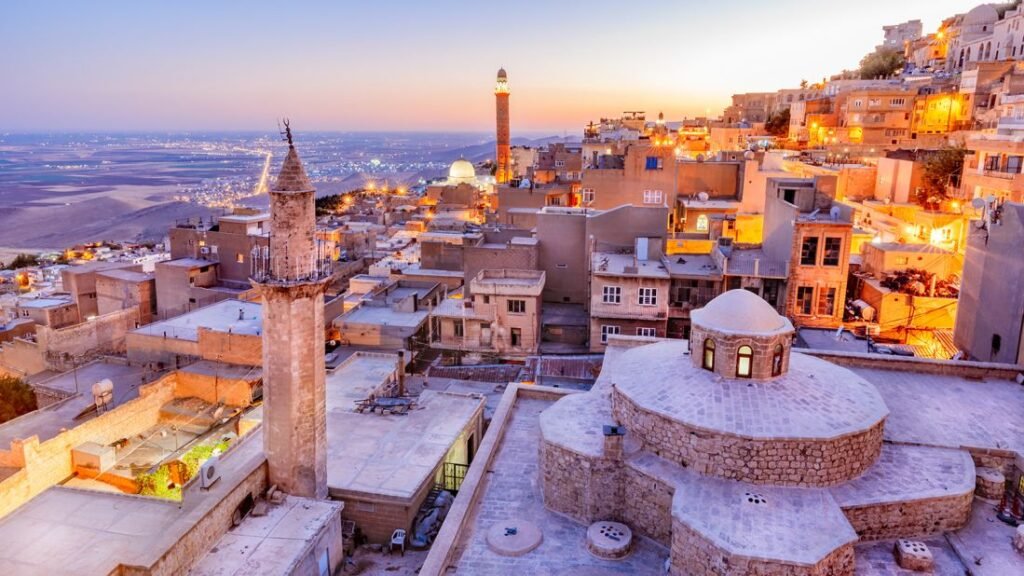
Mardin is located on the slopes of the Izla hills on the Tigris River, close to the Syrian border, marking the northern tip of Mesopotamia. The city offers a table-top view of the northern Mesopotamian plateau of Al-Jazeera (Upper Mesopotamia). This beautiful and unique city is becoming more and more popular among tourists coming to Turkey.
How do I get to Mardin ?
By plane: the airport is 20 km from the city center. It serves domestic flights from Istanbul and Ankara.
By coach: there are long-distance connections, including: from Istanbul (21 hours) and Izmir (20 hours). Local connections serve routes to Diyarbakır (1 hour), Midyat (1 hour) and Şanlıurfa (3 hours).
Monuments

Mardin Museum

The Mardin Museum is an archaeological and ethnographic museum situated in the province of Mardin. It is a significant cultural institution that reflects the historical and cultural richness of the region. The museum houses a vast collection of archaeological and ethnographic artifacts, making it a fascinating destination for those interested in history and culture.
Great Mosque

In Mardin, the most important mosque is the Great Mosque of Mardin, which was first built in the 12th century, according to an inscription in 1176. However, only one, the northern wall and the wooden minbar come from this period. The rest is reconstruction and reconstruction from the 17th and 19th centuries. The building was restored in 2010. The beautiful building delights tourists.

The old town of Mardin
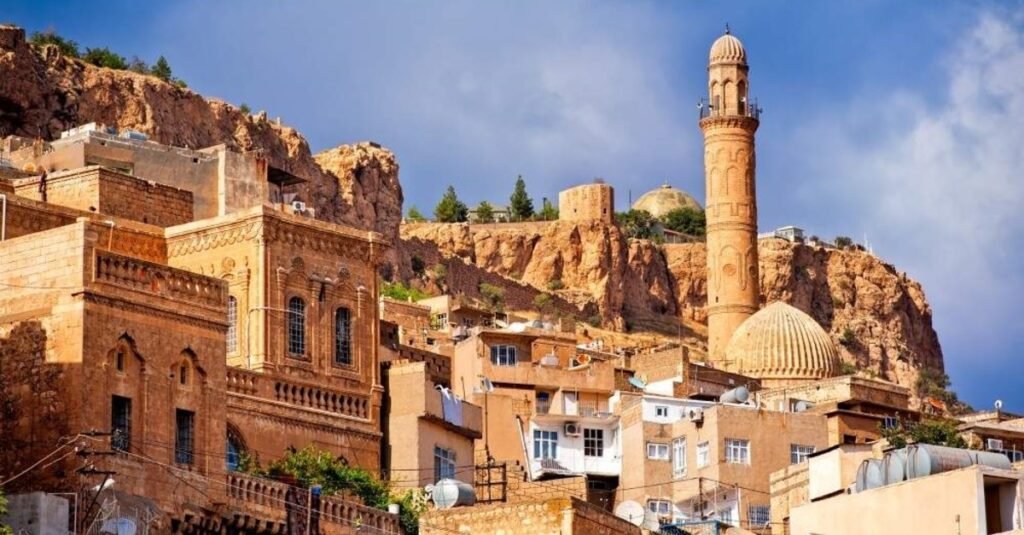
After wandering around the Old City, it is worth resting in one of the cafes on Cumhuriyet Caddesi (Republic Avenue) with a beautiful view of the ancient Mesopotamian plain below, and then wandering around a truly Middle Eastern bazaar.
The old city of Mardin is situated on the side of a steep hill overlooking the plains of Mesopotamia in southeastern Anatolia, close to the borders with Syria and Iraq. Once a Roman citadel, the city was rebuilt in the Middle Ages using local limestone. Although terraced houses remain from this period, many are now decorated with elements of Turkish, Assyrian, Kurdish and Arab architecture.
Mardin Evleri

Another destination that should be visited are the Mardin Houses (Mardin Evleri) – they are functional spaces such as semi-open and open courtyards, terraces, large balconies, fireplaces and mezzanines, they also have huge tourist potential. Houses with high ceilings were built facing inwards to protect themselves from the cold climate in winter and the hot climate in summer. Blending into contemporary architecture while maintaining historical tradition. The history of this settlement, which features original architecture, dates back to 4500 BC.
Deyrulzafaran Monastery Mardin
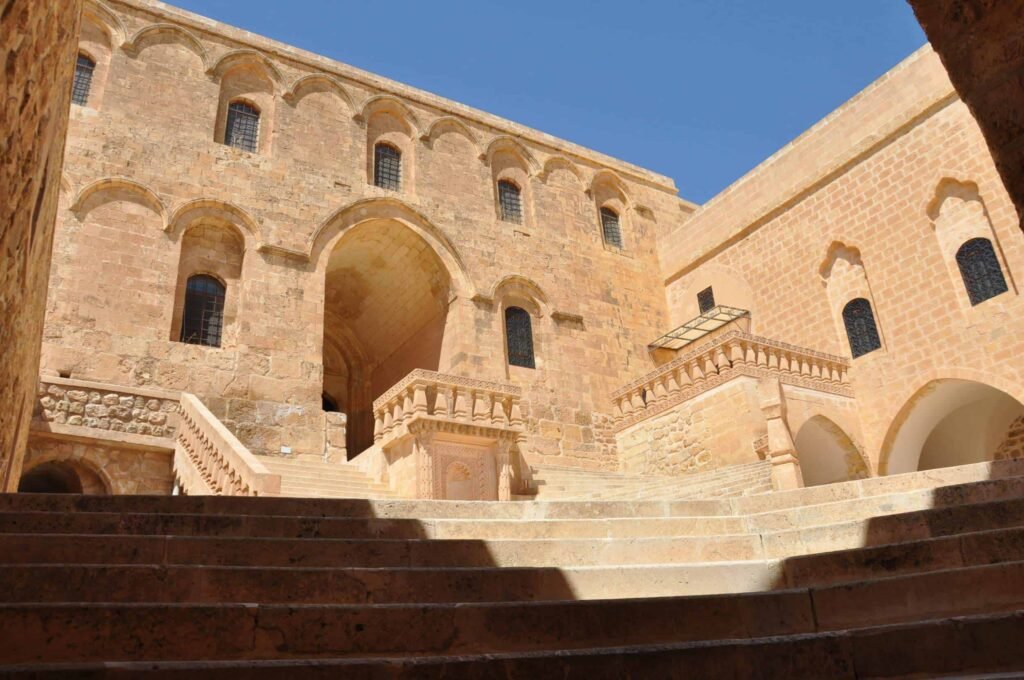
Deyrulzafaran Monastery, apart from its wonderful architecture, is one of the most important centers of the Assyrian Church. It is located approximately 5 km from the old part of Mardin. According to the chronicles, the monastery was founded in the 5th century AD, when the first church was built there.
Kasımiye Madrasah

Kasımiye Medrese is amongst the most significant historical sights of Mardin. Also its one of the best examples of the local Artuklu architecture style. The edifice is interesting due to its design, masonry and ornamentation. It is located inside a religious complex along with a mosque and a tomb.
Licorice root syrup

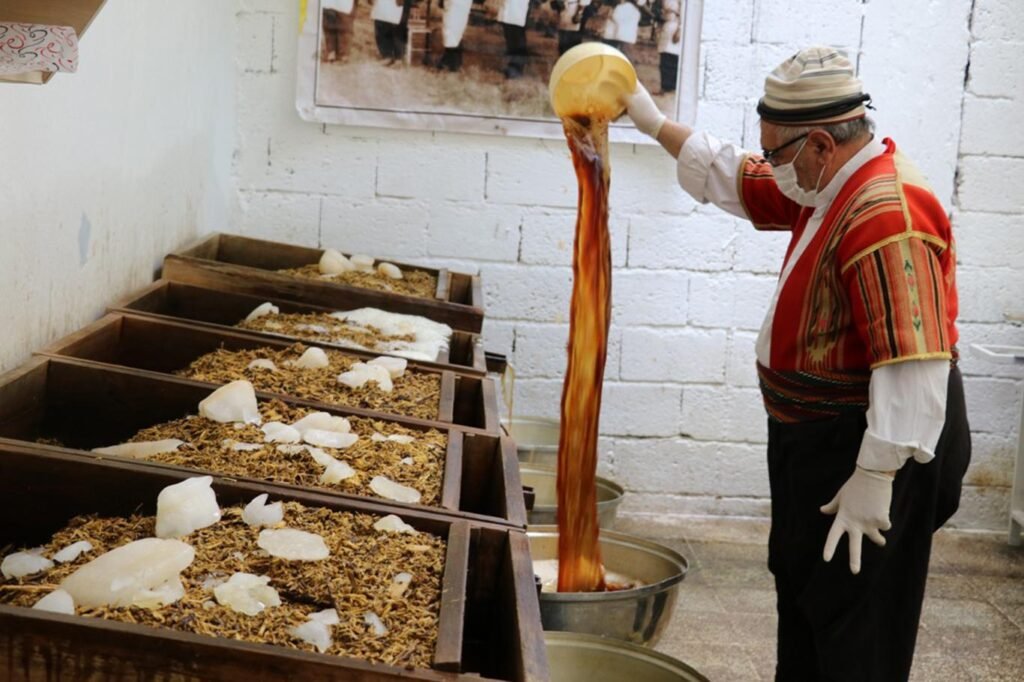
In Mardin, you can try licorice root syrup from local vendors. According to the locals, the decoction of this herb has unique healing properties, including, above all, helping with ailments related to stomach ulcers. Licorice syrup (Tur. Meyan Kökü Şerbeti) is also called the natural cola of the southeast. Licorice syrup is one of the essential elements of Ramadan because it reduces the feeling of hunger and strengthens the immune system. Licorice root grows around the river in the regions of Şanlıurfa, Kilis, Adıyaman, Mardin and Gaziantep.
Hotels
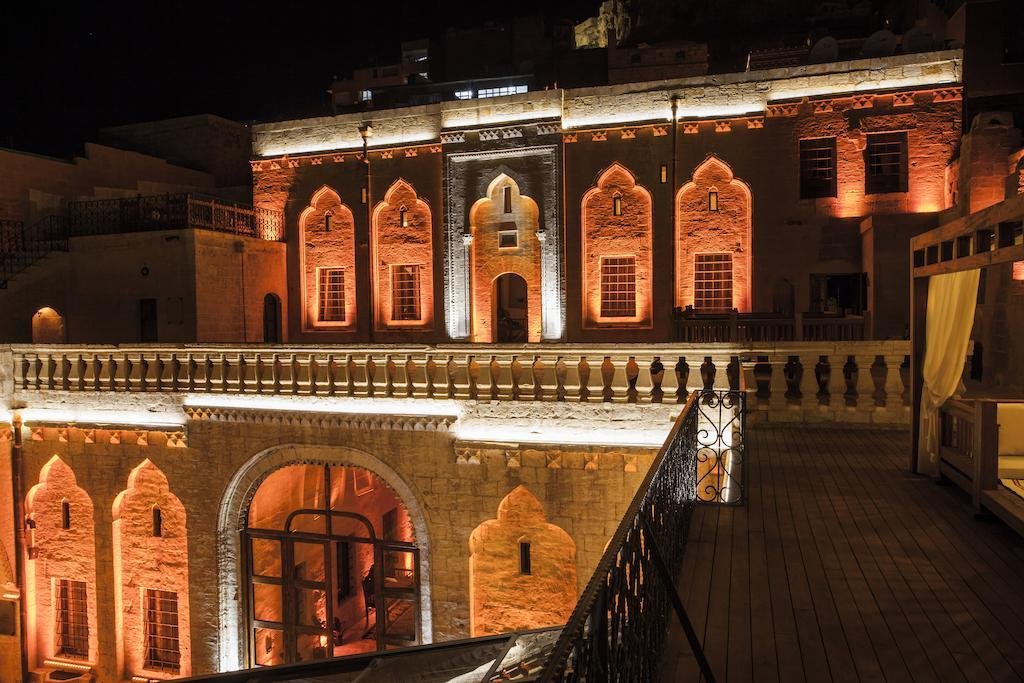
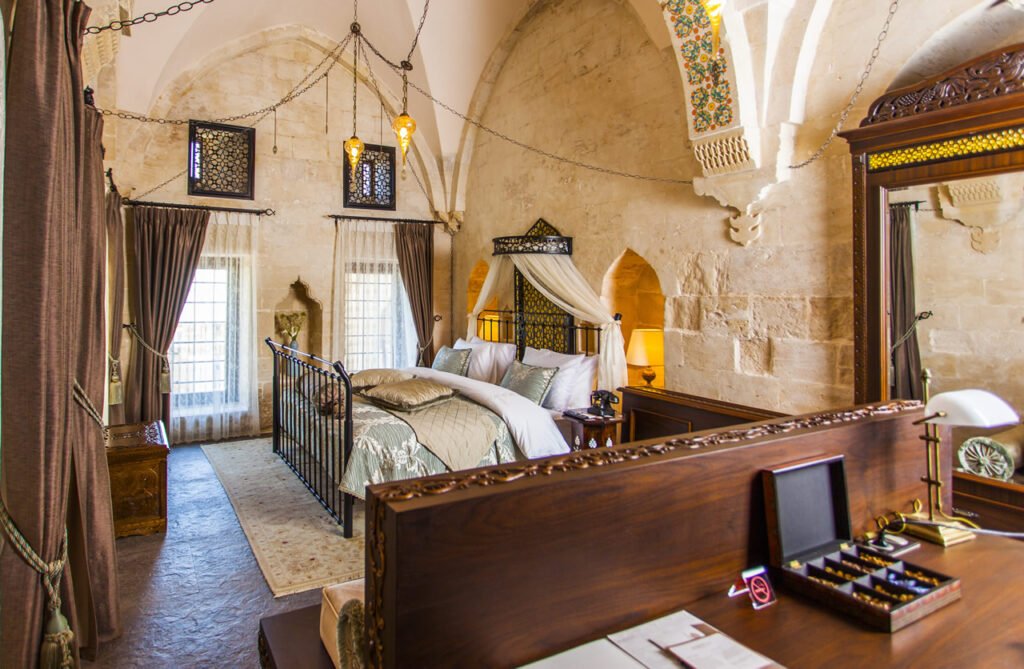
Best Hotels in Mardin:
Anemon Mardin Otel
Hilton Garden Inn Mardin
Mardius Tarihi Konak
Maridin Hotel
Izala Boutique Hotel
Reyhani Kasri Hotel
